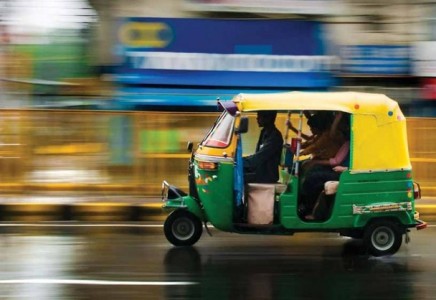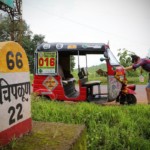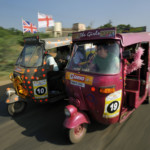 Recognizing the role that auto-rickshaws play in sustainable urban transport and meeting daily commute needs in India will go a long way in improving conditions for drivers, as well as passengers, and will result in social and environmental benefits for Indian cities, as a whole.
Recognizing the role that auto-rickshaws play in sustainable urban transport and meeting daily commute needs in India will go a long way in improving conditions for drivers, as well as passengers, and will result in social and environmental benefits for Indian cities, as a whole.
‘The population of Indian cities, already more than 340 million, is projected to reach nearly 600 million by 2030. By then daily passenger trips among 87 of the country’s major cities will have doubled to roughly 482 million a day. In other words, embracing sustainable urban transport will quickly become an urgent need, and a key to doing so, according to a new report by EMBARQ India, may rest not in an emerging travel mode but an old reliable one: the rickshaw.
Private vehicle ownership in India is on the rise — climbing 85 percent during the 2000s to 110 million cars and motorcycles by the end of the decade. Meanwhile public transit ridership has fallen over that same period, in part because it hasn’t kept up with demand. Bicycle riding is down too, as the length of trips grows longer with urban sprawl. In an extremely crowded country, that’s a transportation recipe for high emissions, poor public safety, and massive congestion, among other social problems.
It’s also where the three-wheeled, auto rickshaw comes into play. The declining quality of transit has led a growing number of commuters to travel by rickshaw, according to EMBARQ’s report. Since 2004 production and domestic sales of auto rickshaws are way up, and the travel mode now serves “between 10 and 20 percent of daily person trips made on motorized road transport modes,” depending on the city.’
14Feb
0





